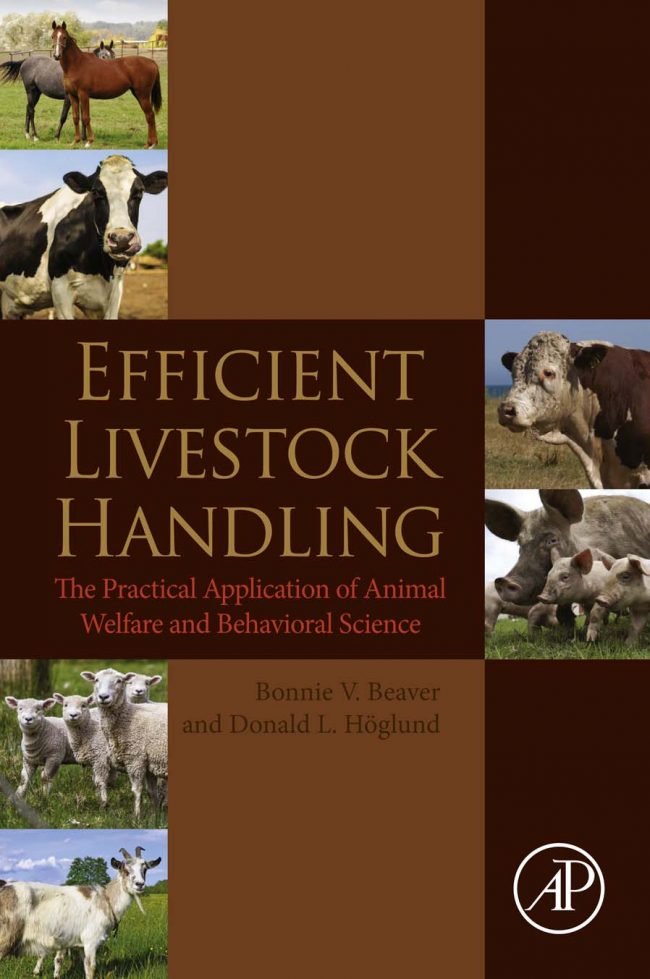Efficient Livestock Handling: The Practical Application of Animal Welfare and Behavioral Science. Humane handling practices are not just about the animal. They are also about the people who interact with the animals.
Efficient Livestock Handling

Animals learn 24 hours a day, 7 days a week, and 365 days a year. That means that every encounter between animals and people can shape the future behavior of both. Livestock observe the world around them and respond based on previous experiences, sensory input, inherited traits, and species-typical behaviors. In that way, they are no different than people. There are differences, however. These lie in different experiences, perceptions, and behavior.
The contents of the book have been arranged to present both general information about things that are common to horses, cattle, pigs, sheep, and goats, and then provide variations specific to each of the species. Historical information allows the reader to understand how the various animals became associated with humans and how that relationship has changed to the point where “humane” is being incorporated into their interspecies interactions. From there, the reader will be able to gain insight into specific sensory capabilities and specific behaviors that influence animal reactions to handling.
These basic areas can be modified by genetic, hormonal, and environmental factors, with many of these factors under human control to some degree. Knowledge of the principles of how animals learn is critical to understanding how to apply them to humane handling for the most efficient applications of the handling techniques of various livestock species within today’s environment.
The book is not intended to cover specific behavior problems. It is our hope that readers develop a better understanding of the animals they work with, humane methods for animal handling, and techniques that suppress the development of behavior problems. We link the science of behavior and welfare with their practical applications. The intention is to improve the quality of life for all livestock and the handlers that serve them.
| PDF Size: 6 MB | Book Download Free |
Password: pdflibrary.net
